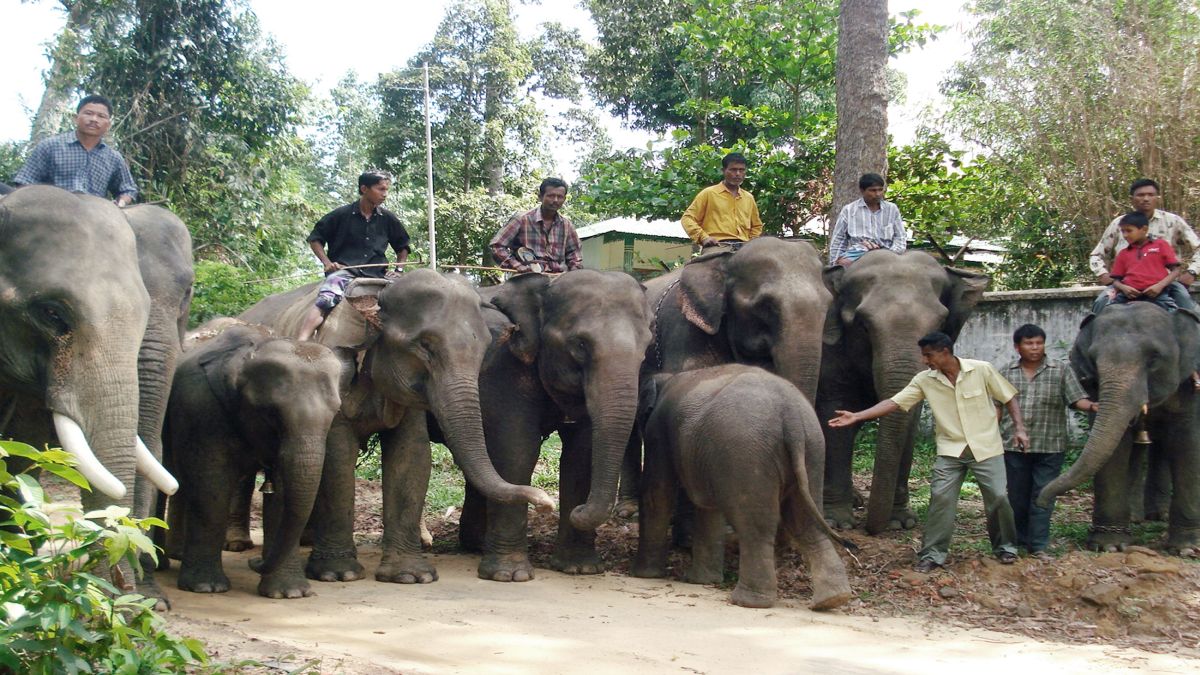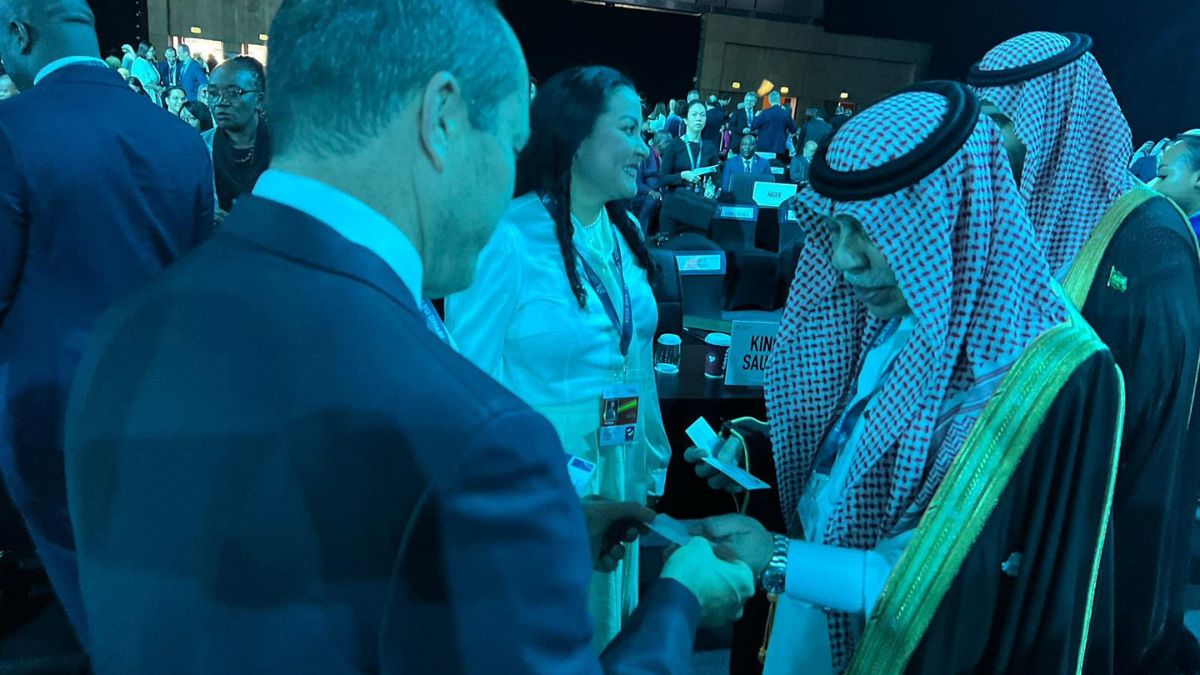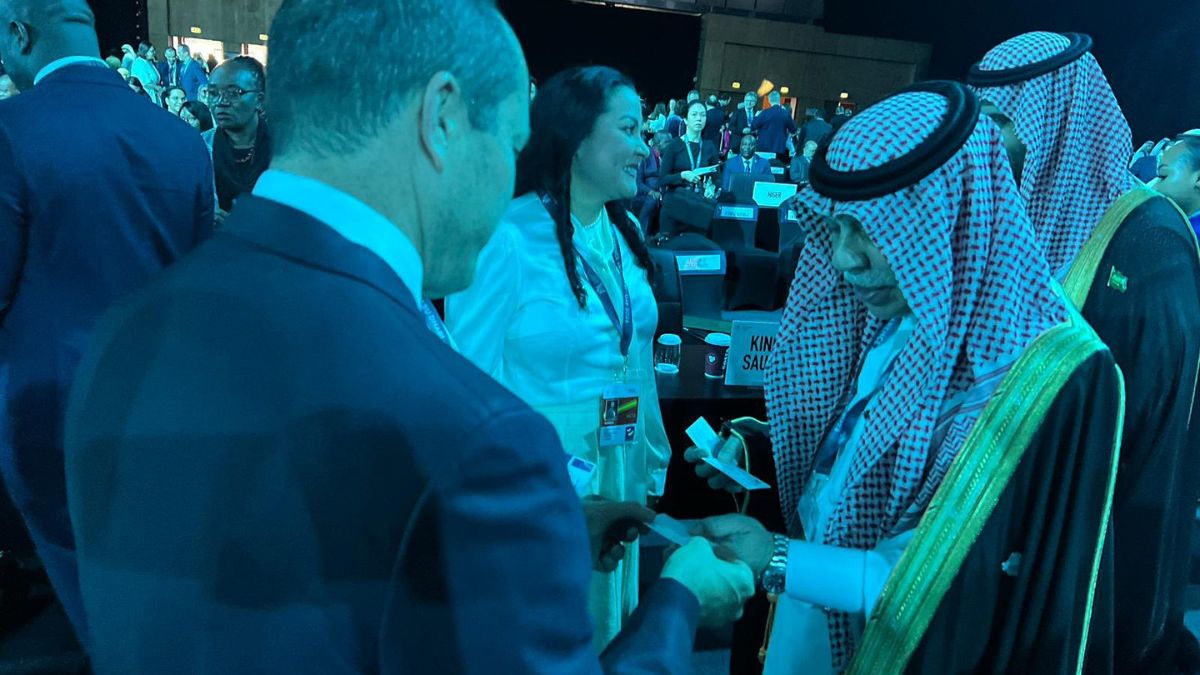While the alleged sexual exploitation and torture of two Nepalese women by a Saudi diplomat and others in Gurgaon continue to hog national attention, another issue of grave humanitarian concern linked to the matter has slipped under the radar. In what appears to be a clear case of human trafficking, the victims were first lured by a woman agent to Delhi with the promise of a job carrying handsome salary in Saudi Arabia. They were then allegedly sold to another agent in Delhi for Rs 1 lakh each and then to the Saudi diplomat.
Every day, as a rough estimate by anti-trafficking NGO 3 Angles Nepal suggests, more than 54 young girls and women are trafficked out of Nepal into India. Then they are shifted to Middle-East countries where they enter a life of slavery. The border between Nepal and India is 1,850 km long and there are only 14 checkpoints along the route. This makes it easy for traffickers to smuggle around 15,000 women and young girls into India every year. The NGO added that the victims are mostly in the age group 12- 25.
The girls, according to activists, often end up as sex workers in the brothels of Mumbai, Bangalore, Delhi, Siliguri and Kolkata. In addition to being a destination, India is also a transit country for Nepalese and Bangladeshi women who are trafficked to Saudi Arabia, UAE, Malaysia, Hong Kong, Russia and Pakistan.
Haribhai Parathibhai Chaudhary, Minister of State in the Ministry of Home Affairs, while responding to a question, had told Lok Sabha on 21 July that the “total of number of cases related to human trafficking registered during 2012, 2013 and 2014 were 3554, 3940 and 5466 respectively”. According to him, 23 cases of trafficking were reported on India-Nepal and India-Bhutan borders till 30 June this year. He said 106 victims were rescued and 36 traffickers were arrested. A total of 106 children and 668 women were apprehended at India-Pakistan and India-Bagladesh borders till 30 June. NGOs, however, say these numbers don’t tell the real story.
Ravi Kant, president of Shakti Vahini, an anti-trafficking NGO, says the porous border between Nepal and India makes trafficking simple and difficult to stop. “There is no immigration control for Nepalese migrating to India or Indians coming to Nepal because the two nations have a treaty signed in 1950. Taking advantage of it, traffickers from both the countries are jointly running fake placement agencies in Nepal and India without any licence.
They identify poverty-stricken vulnerable families in remote districts and approach them with offers of lucrative jobs aboard. They are taken to India from common and unofficial border points such as Raxaul, Jogbani, Gorakhpur, Darjeeling, Kakarvitta, , Birgunj, Bhairawa, Nepalgunj and Gadachouki. They are transported to bordering cities from where there is a direct train for Delhi. From Delhi they are flown to different countries, especially the Middle-East,” he told Firstpost.
According to Maiti Nepal, the travel route of the women depends on their age as well as the country to which they are intended to be transported. If they are 30 years and above, they are likely to use the domestic international airport. If they are less than 30 years, they are transported from village to border points of India, and from border points to New Delhi or Mumbai. Since Nepal has now banned immigration of women to Saudi Arabia after the devastating earthquake, the racketeers take India route to hoodwink the Nepalese authorities.
The presence of surveillance groups in major border points between Nepal and India established by Maiti Nepal and Nepal Police has not helped much. Once the women reach Delhi, they are kept in residential houses. They are shifted to Gulf countries within three months.
Earlier, at least 1,000 migrants used to fly daily for Gulf nations from Tribhuvan International Airport in Kathmandu. “Of late, Delhi has become safer transit points for migrants. Agents prepare fake passports, visa stickers and fake employment stickers of Nepal and send young women abroad. Since Nepali passports are handwritten, it becomes difficult and almost impossible for airport authorities to cross check their genuineness. Most of the migrants are majors and therefore, they easily pass the immigration check,” Ravi Kant added.
The victims are sold for several lakhs at different points. First, they are sold by local agents to the kingpins based in different districts in Nepal. They are again sold to agents in India and finally to bigger syndicates abroad.
“Apart from being lured on false promises of better jobs, the women are offered false marriage proposals. The traffickers pay off the debts of the parents in bargain. The most vulnerable are women and girls who are illiterate or uneducated; involved in marginalized livelihoods; deserted by their husbands or families; victims of abuse and violence; and those from disadvantaged communities and extremely poor families,” SSB IG (Lucknow frontier) VS Deshmukh told Firstpost.
He said traffickers often belong to the same places or localities from where girls and women are trafficked.
According to the Human Rights Commission of Nepal, looking at the number of foreign labour migrants by destination countries, Malaysia tops at 31% followed by Qatar (28%), Saudi Arabia (20%) and UAE (13%). Kuwait and Bahrain together accounted for nearly 4 percent. Other major destination countries include: Oman, South Korea, Lebanon, Israel, Afghanistan and Japan.


)




)
)
)
)
)
)
)
)